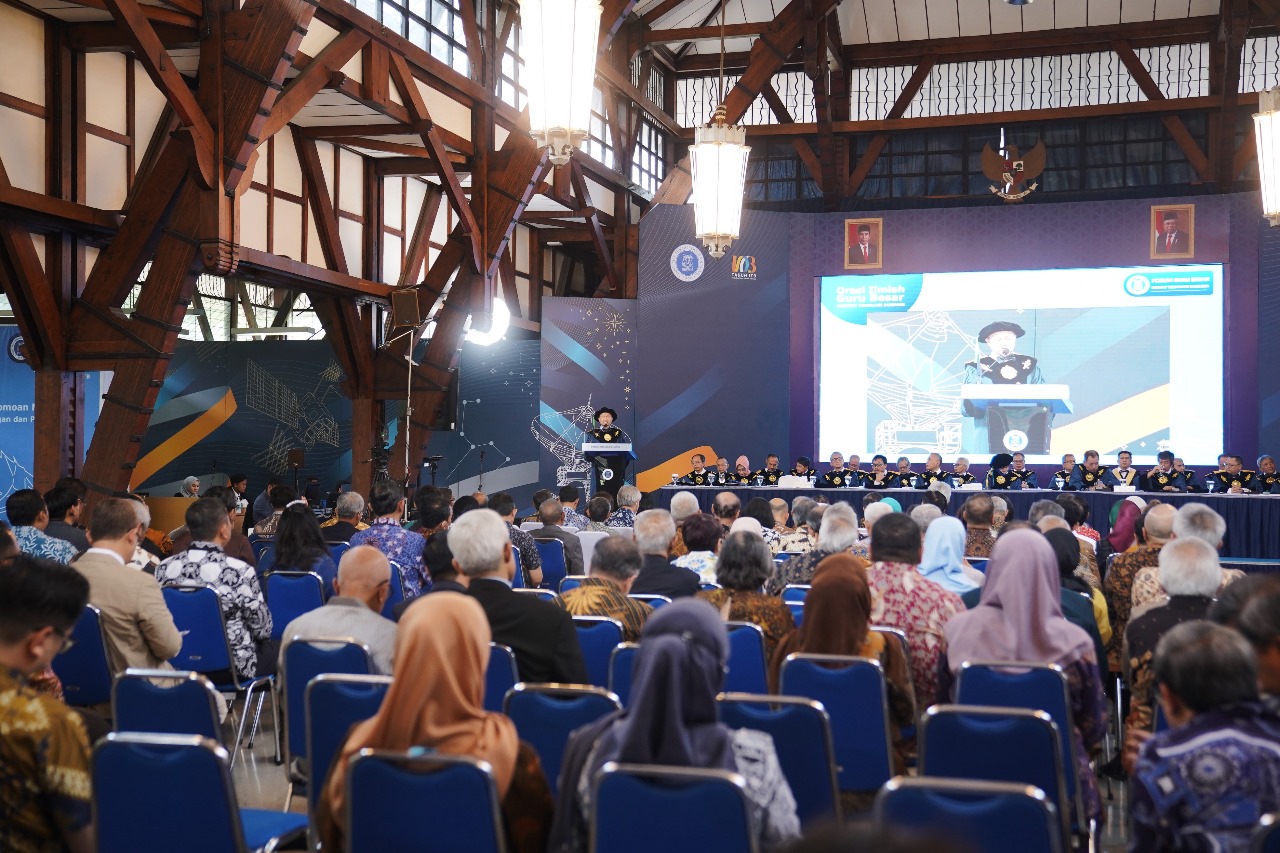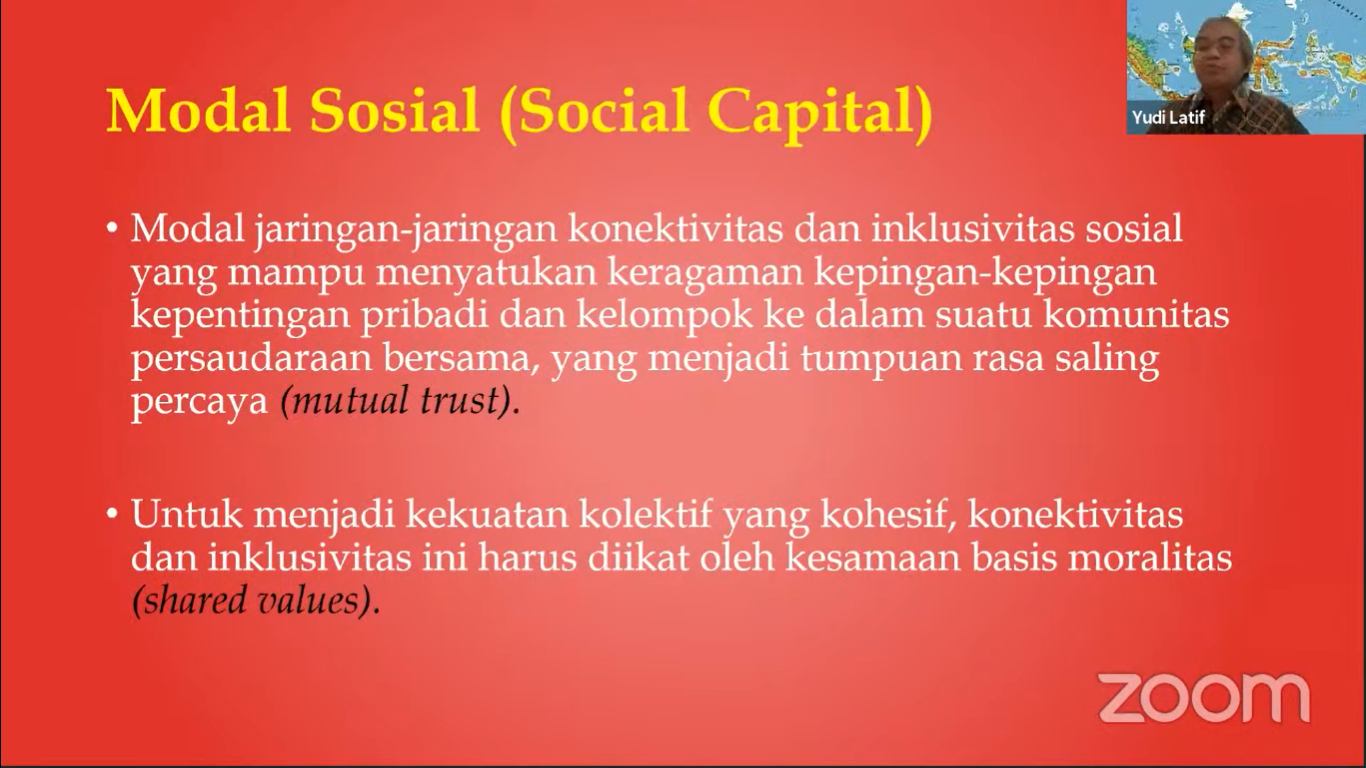Able to Destroy Viruses, ITB Creates Mobile High Power Disinfectants Using Type C UV
By Adi Permana
Editor Adi Permana

BANDUNG, itb.ac.id - Transmission of the COVID-19 virus can either occur through droplets or aerosols/micro-droplets from someone who is positively infected. Because the virus can float in the air and have the possibility to stick to the surface of objects for several days, the sterilization process becomes important in these times.
Based on this background, Dr. Eng. Bagus Endar Bachtiar N., a Lecturer of Physics at Faculty of Mathematics and Natural Sciences Institut Teknologi Bandung (FMIPA ITB), developed a high power mobile disinfectant which use type-C ultraviolet (UV) light to sterilize droplets/micro-droplets containing the COVID-19 virus. The tool is specifically designed for use in COVID-19 referral hospitals.
In the interview via videoconference with ITB’s reporter, Friday (05/08/2020), Dr. Endar explained that this device has a large power specification, the input power needed for this device is ranging from 750 to 1000 watts and capable of emitting 25 watts of radiation per square meter at a radius of 1 meter or, at least, capable of emitting 2.8 watts of UV-C radiation per square meter for a room with a 108 cubic meters volume (equivalent to a room with 6 x 6 x 3 meters size). In addition, the disinfectant device is equipped with a distant controller system that can be operated using a laptop or mobile phone.
"With great power, this device can not only weaken the virus, but can damage the DNA of the virus caused by exposure to UV light. The radiant energy of UV radiation from this device is designed to be twice as big as sunlight. Therefore, this device does not need to be emitted for too long, just within 5 minutes, "he said.
"The type C UV light emitted by the device is the standard UV light used to sterilize equipment from microbes or pathogens," added Dr. Endar. Type C UV light is a type of light that has high energy and relatively short wavelengths. Hopefully, because using light, the sterilization process can reach all corners of the room. Also, by using this beam, viruses that hover in the air in an aerosol/micro-droplet is also expected be exposed. "This device can be used to sterilize not only space (surface) but also air," he added.
The disinfectant unit is using ACCU or other types of AC power sources as its power source. The reason for using ACCU as a source of power in this device is mobility. By using a mobile power source, the device can be accessed in places without a direct power source from the generator, for example in the elevator. With a mobile power source design, this device also fulfills its utopian goal of being able to be controlled remotely. For now, this tool has been equipped with a software system that functions in the activation process, as well as monitoring of the energy expended. The device itself still has several features under development, namely the ability to move robotically in distance control scenario.
“This device was designed when the COVID-19 virus began to spread in Indonesia. Then, after getting funding from LPPM ITB (Institute for Research and Community Service of ITB), we immediately hastened to make a prototype of the design. Because it was done in a fast tempo, less than a month, the prototype was ready, "said Dr. Endar.
However, the use of type C UV light needs to be a concern because the light radiation also has a harmful effect on humans if the light is exposed directly to the skin and eyes of human. Therefore, while being illuminated, it is better if the room is sterile from humans and operated remotely. The effect of radiation will make the room have the same odor as the smell of sun-dried objects. "This UV light has great energy but a small translucency characteristics. If it will be used to sterilize PPE, the sterilization process must be carried out alternately at the front and back, "he said.
According to Dr. Endar, actually, there are various ways to destroy viruses or kill microbes. The use of UV light is one of the effective methods but has not been widely used because of its expensive technology. For now, even though this device has been repeatedly tested, it still cannot be sent to any referral hospitals due to the certification from the Indonesian Ministry of Health that hasn’t been released.
Reporter: Putri Ambarwati
Translator: Ferio Brahmana

.jpg)
.jpg)
.png)
.jpg)
.jpg)

.jpg)

